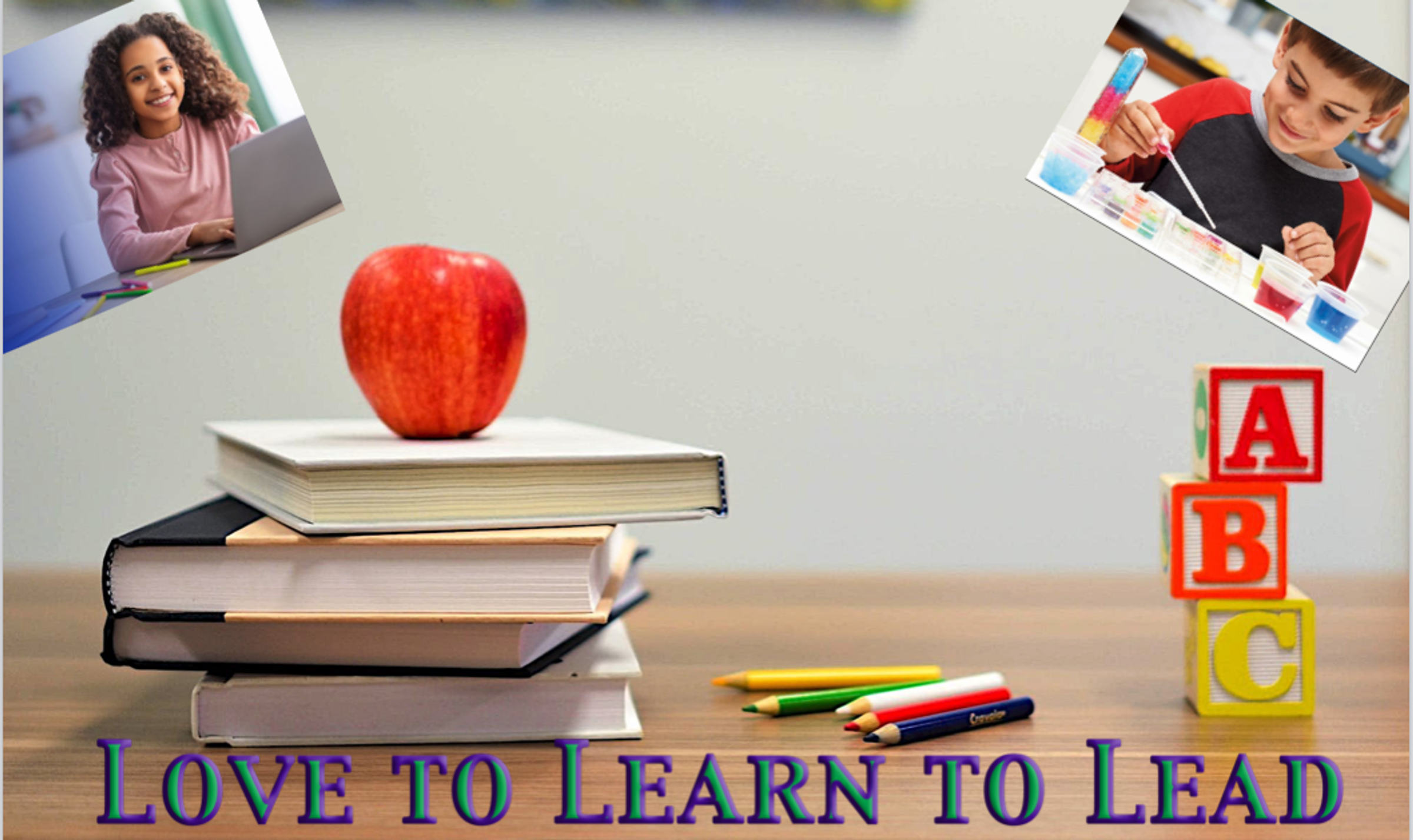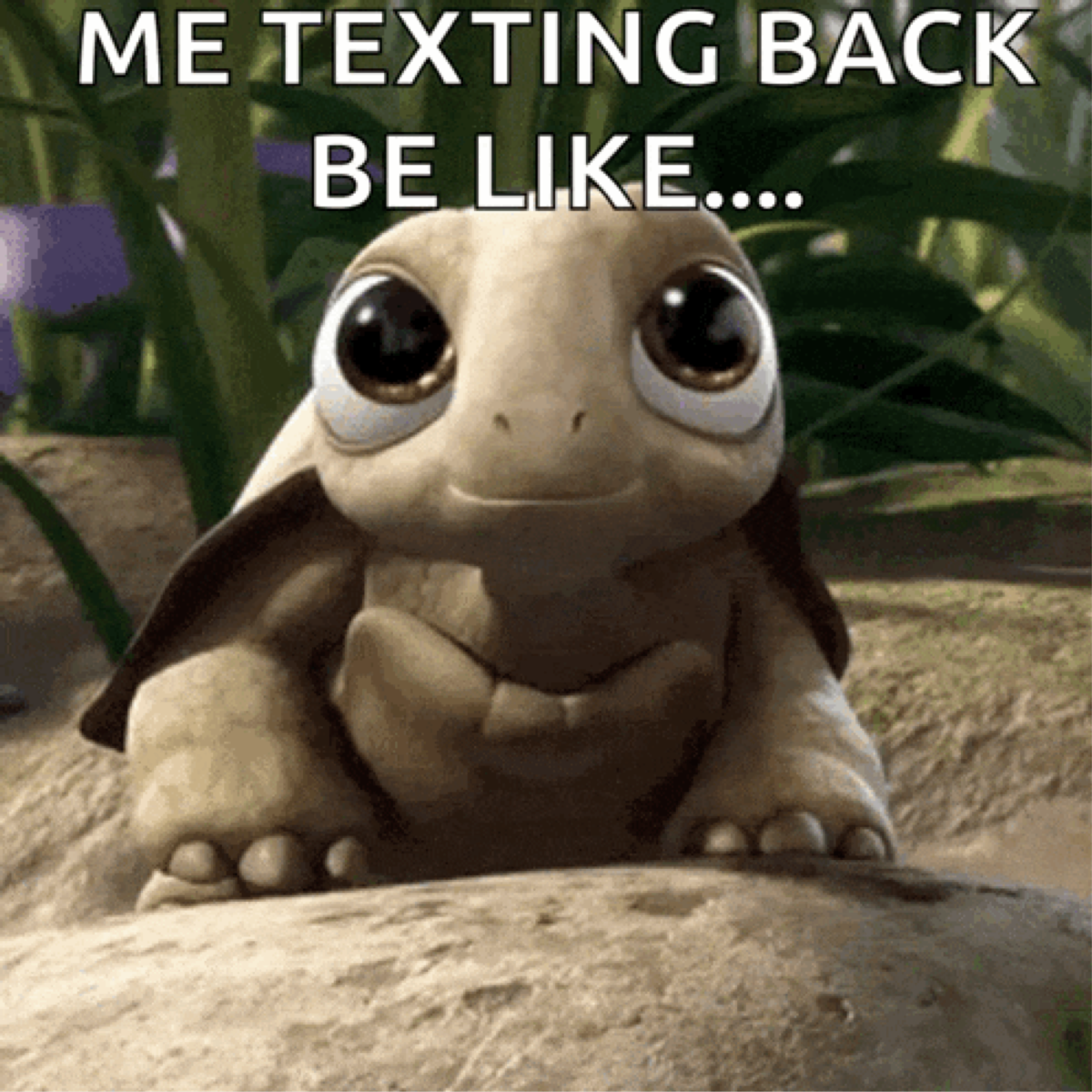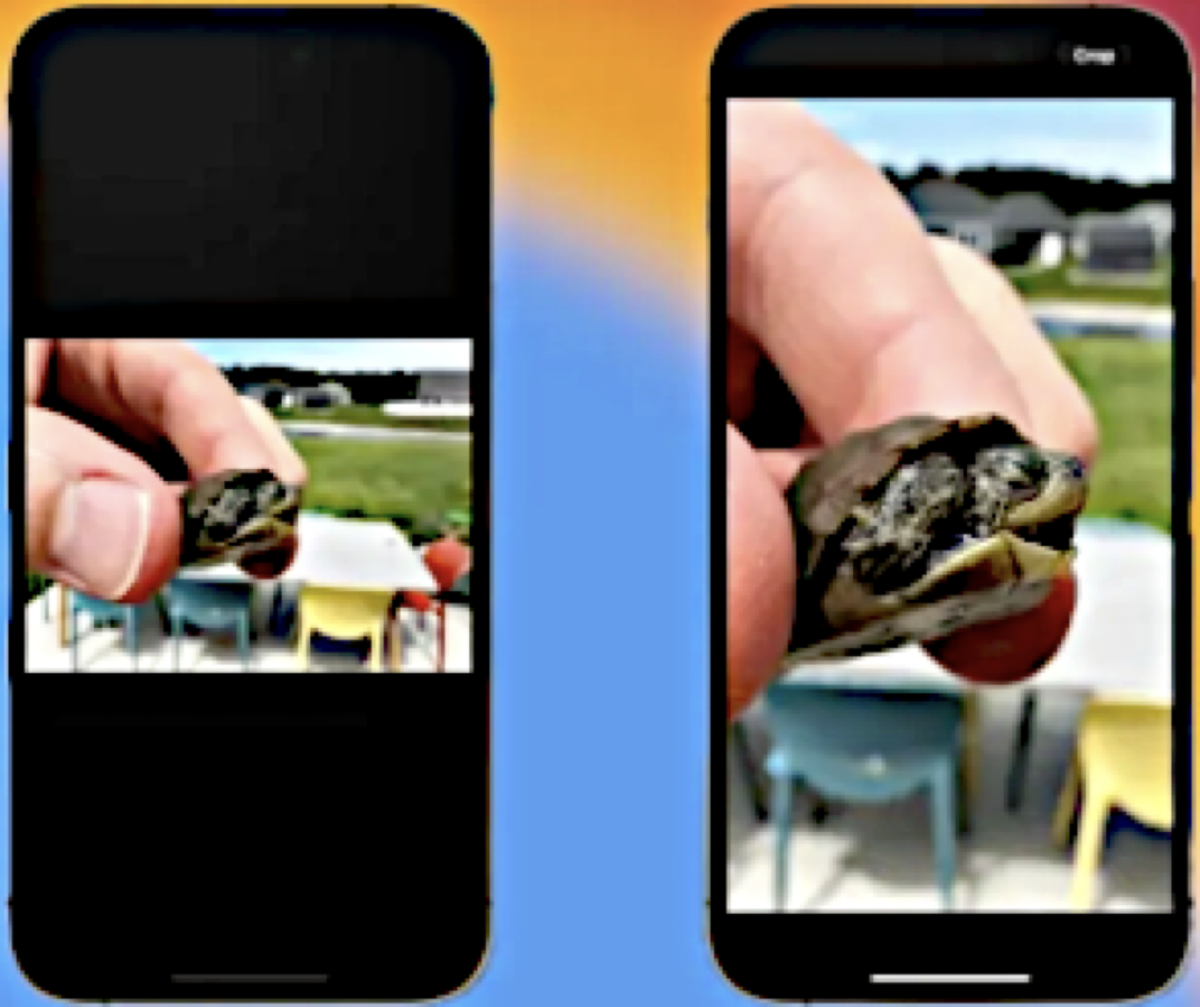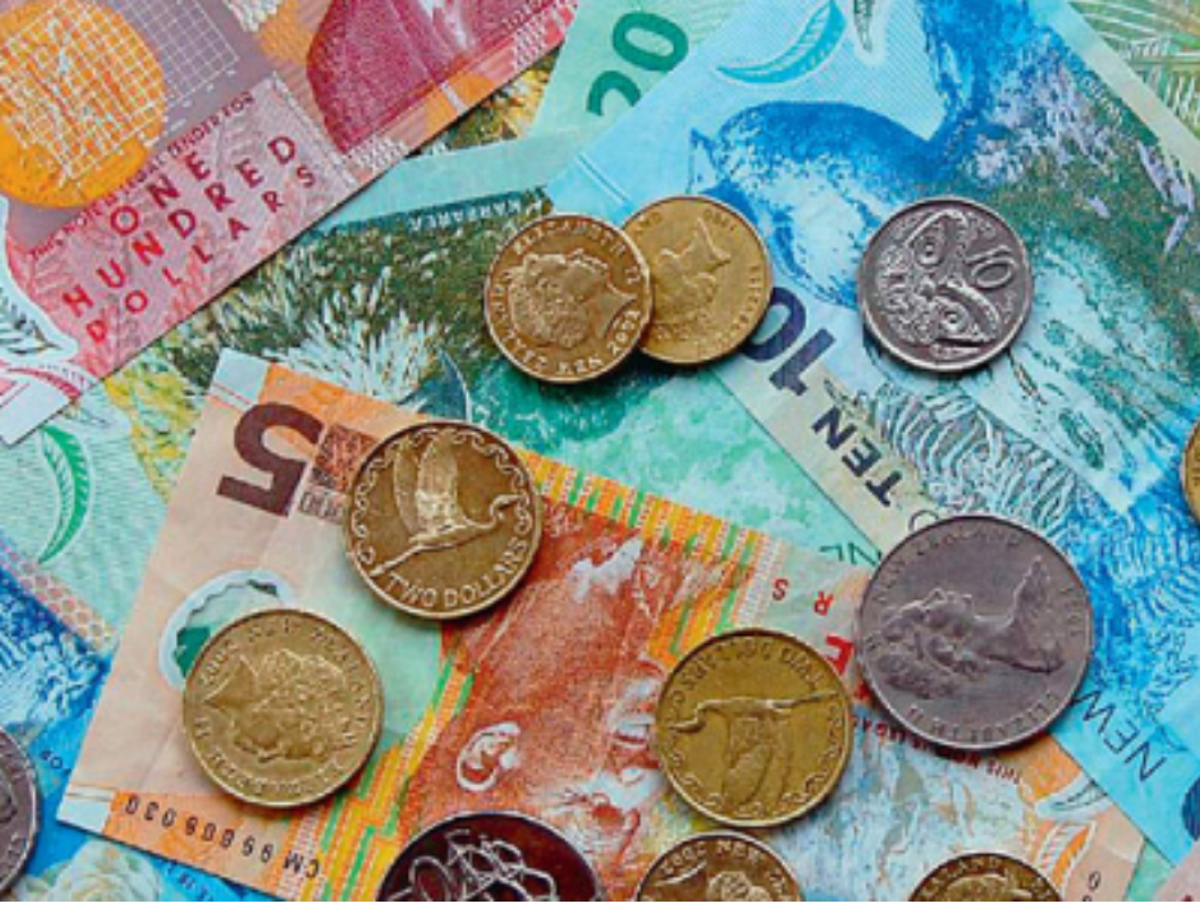Teachers' Page:

We start each week with a Monday Morning Meeting for staff. It's a time for information sharing, celebrating staff and children's achievements, laughter, building and strengthening the kaupapa foundations for our school, and a few tips on teaching, techie skills and even life. This page will be the place teachers can come back to if they want to revisit anything we covered in our Monday Morning Meetings.
It's really a page for teachers, but if you find anything worthwhile here for yourself, great.
Web Pages:
https://thetoyzone.com/most-popular-kids-book-from-every-country
https://cmngoal.com/life-anti-checklist
To Ponder:
Perfection is Impossible.
"In the 1526 singles matches I played in my career, I won almost 80% of those matches. Now, I have a question for you.
What percentage of points do you think I won in those matches?
Only 54%.
In other words, even top-ranked tennis players win barely more than half of the points they play. When you lose every second point on average, you learn not to dwell on every shot.
You teach yourself to think, okay, I double-faulted ... it's only a point. Okay, I came to the net, then I got passed again; it's only a point. Even a great shot, an overhead backhand smash that ends up on ESPN's top 10 playlist. That, too, is just a point.
And here's why I'm telling you this: When you're playing a point, it has to be the most important thing in the world, and it is. But when it's behind you, it's behind you. This mindset is really crucial because it frees you to fully commit to the next point and the next point after that with intensity, clarity, and focus.
You want to become a master at overcoming hard moments. That is, to me, the sign of a champion. The best in the world are not the best because they win every point. It's because they lose again and again and have learned how to deal with it.
You accept it. Cry it out if you need to and force a smile.”
— Roger Federer
Techie Tips:
Copy And Paste A Photo Edit
An awesome feature of the native Photos app is the ability to copy and paste an edit to another image.
Let’s say you took a few images with the same lighting and background and plan to edit them individually by changing the filter, brightness, saturation, etc.
Instead of taking time to edit each image, you can edit one and then copy those edits to the others.
Edit one image
After you are done, tap the ellipsis button on the top right of the edited image.
Tap Copy Edits (not the Copy button)
Then head to another image, tap the ellipsis, and tap Paste Edits.
Voila, now the new image has the same exact edits as the first image.
Spot When Mic and Camera Access is Happening
When an app uses the camera or microphone on your Mac, a small indicator light will appear in the menu bar just next to the Control Center icon (if the menu bar is hidden, it'll appear in the top-right corner of the desktop).
As in iOS, a green dot means an app is currently using the camera, while an orange dot means an iOS app is currently using the microphone. If you click the Control Center, you'll see which app is responsible for using the camera or mic. This way, they can't be accessed in the background without your knowledge, and you can be sure that apps aren't sneakily recording conversations or videos.
Right-click to Translate Text
The Translate feature from Safari is available system-wide in macOS Monterey. Select some text and right-click (Ctrl-click) to bring up the Translate option, which works with several languages.
You can read and copy the translated text, click the play button, and MacOS will say it out loud to help you better understand the verbal pronunciation.
Convert Image Quick Action
Convert Image is a new pre-installed Quick Action in Finder that can quickly convert an image file from one format (JPG, HEIC, and PNG) to another. It also lets you change the file size (small, medium, large, or actual size) and choose whether to keep the file's metadata in the converted image.
To use the Convert Image Quick Action, right-click (or Ctrl-click) an image file and then select Quick Actions -> Convert Image. Choose your settings in the dialogue that appears, then hit Convert. When viewing images, you'll also see the Quick Action in the Finder preview pane.
Quick Edit an Image in iOS:
Rather than entering edit mode, you can now directly zoom into a photo and then tap the new Crop button that appears.
This allows you to resize the image precisely to match what you see on your screen.
Integrated into iOS 18, iPadOS 18, and macOS Sequoia, Apple Intelligence is not just a tool — it’s a revolution in personal computing.
It’s deeply embedded in the ecosystem, from Mail and Notes to Pages and third-party apps. This integration means you have a powerful writing assistant at your fingertips, no matter your application.
Systemwide Writing Tools:
Rewrite:
Rewrite adjusts tone and style to fit any situation. Whether you need a formal email or a casual DM, Rewrite has you covered.
Proofread:
Detects and corrects errors with detailed explanations. It does exactly what Grammarly does, but it is likely better since it is trained on a massive model.
Summarise:
Condenses lengthy documents into bite-sized chunks, making information digestible.
With Rewrite, your tone and style are on point.
Proofread ensures that errors are caught and corrected, with explanations that help you learn and improve.
Summarize breaks down complex texts into digestible pieces, making it easier to communicate effectively.
Apple Has Integrated Audio And Visual Tools:
Record and Transcribe:
Converts spoken words into text. - including transcribing phone calls
Summarise Audio:
Captures key points from conversations.
These features surpass Grammarly’s text-only focus, making Apple Intelligence a more versatile tool.
Article:
We know we could be better people–that is to say, kinder, more generous, more patient,
more thoughtful, more reliable.
But how many of us actually do anything about this? How many of us are as focused on
being good?
“A better wrestler?” Marcus Aurelius asked himself, rhetorically, referring to the time he
spent improving at one of his hobbies. “But not a better citizen, a better person, a better
resource in tight places, a better forgiver of faults?"
What is your most important job? he emphasises. “To be a good person.”
When the Stoics talked about the virtue of justice, they weren’t talking about a legal
system of rules and codes. They were talking about what Marcus was talking about—
actively working to be a better citizen, a better person, a better resource, a better forgiver
of faults.
That’s what I spent a lot of time thinking about as I wrote my newest book, Right Thing,
Right Now (…which you can preorder…right now ). It’s about this key Stoic virtue, which challenges us to work to be good, not just to be great. You know,
values, character, deeds.
So here, riffing on some ideas from the new book , are 10 habits that will make you better at your most important job—being a good person:
1. Tell the truth.
“I’m going to be honest with you…”. How many times have you heard this phrase or said it yourself? It seems casual or like a way to establish trust.
But beginning a remark by claiming we’re going to give it to you straight implies that most of the time we’re not doing that.
Honesty should not need a preface, Marcus Aurelius would say. An honest person should be like a smelly goat in the room—you know when they’re there. In matters big or small, public or private, convenient or inconvenient, tell the truth. Don’t be a jerk about it. Don’t give everyone your unsolicited opinion about how they should live or look or act. “Speak
the truth as you see it,” Marcus reminded himself, “but with kindness. With humility.
Without hypocrisy.” Be honest, not hurtful. Be a bastion of truth in a time of lies. This
is more than just the right thing to do; it’s your job. As a friend. As a parent. As an
employee. As a human being.
2. Respect others.
Clementine Churchill once left a note for her husband. “My Darling Winston,” she wrote, “I must confess that I have noticed a deterioration in your manner, and you are not so kind as you used to be.” Yes, he had power, she noted, but if you keep disrespecting people, “You won’t get the best results.” How you treat others sets off a chain reaction that profoundly shapes your life.
Disrespect, rudeness, pettiness, jealousy—these things repel. But dignity,
equanimity, politeness, calm—they attract. They draw people in. They bring the best
out of others. Choose wisely.
3. Give, give, give.
When Rabbi Harold Kushner wrote a book, he avoided procrastination and overthinking. His only ritual before starting was to make a small donation to a charity he and his wife supported. Like ancient sacrifices to gods before battle, the rabbi waged the war of art by first striking with an act of kindness.
Generosity is admirable, and many of us wish we could be better at it. There’s only
one way to improve, and it happens to be the same way one gets better at writing or
any other craft: by doing it. Not later, once we’re better off or once somebody really
needs it. But consistently, regularly, habitually. Money is not the only currency of
generosity. You can give your time, energy, words of encouragement, patience, and kindness. Seneca reminds us that every person we meet is an
opportunity for kindness. For expressions of generosity. How are you doing? Do you
need anything? Can I help you with that? These opportunities are everywhere,
every day. Start to seize them. Make a habit of it.
4. Find the good.
During one of his many stints in prison, Gandhi made a pair of sandals for General Jan Smuts, the prime minister of South Africa, who put Gandhi in jail. Somewhere in Smuts, despite his complicity in a racist and exploitative system, there was goodness, Gandhi believed. Smuts wore the sandals and thought of Gandhi’s grace and goodness as he did. Smuts eventually tried to return them, saying he felt unworthy to stand in the shoes of such a great man. To his credit, he made an effort to fill those shoes. He contributed to the founding of the League of Nations, drafted the UN Charter, and helped find a homeland for Jews after the Holocaust. He said Gandhi inspired him to redeem himself. Each of us, the
Holocaust survivor Edith Eger would later write, has both a Hitler and a Corrie ten
Boom (one of the Righteous Among the Nations honorees) inside us. Which one
are you letting out? Which one are you seeing in others?
5. Choose a north star.
I watched Dov Charney go from a hero in the fashion business to one of its villains. In the early days, he was focused on challenging the broken assumptions of the business. He cared about his workers. He cared about the environment. Later, it became all about him, his urges, and his power. This is the power of a north star. It can take you on an amazing journey or get you hopelessly lost. Your values, aspirations, and things pushing and pulling you—whatever they are, they foretell a prophecy. They determine where you’ll end up…and who you’ll be when you get there. Cash is a bad but easy North Star to default to. Same with ego, fame, power, a desire for revenge or dominance—they will lead you astray. Loyalty, mastery, a love of the game, a desire to keep your hands clean, to be an open book, and a clear conscience. These things take you north. They lead you forward. They cut through the noise. Of the cardinal directions, Justice is the clearest, the Stoics said—it points you north and shows you where to go.
Follow it, and you’ll end up in a good place…and you’ll be a good person when you
get there.
6. Hold the line.
Your north star will illuminate a line in your life. That is the line between good and evil, right and wrong, ethical and unethical, fair and unfair.
Courage requires you to put your ass on that line. Self-discipline tells you to get
your ass in line. Justice is holding that line. It’s what you will do and what you won’t.
What you will stand for and what you won’t stand for. It’s the decisions you make
and the actions you take. Indeed, all the philosophical and religious traditions–from
Confucius to Christianity, Plato to Hobbes and Kant—are best preached not with
words but with actions. Each action is like a lantern that hollows darkness and
uncertainty. Each decision to do the right thing is a statement that our peers,
children, and future generations will hear. So draw the line and hold it.
7. Develop competence.
Keeping your word, taking responsibility, having compassion, good intentions, and good values are great. So is wanting to change things, to take on evil or injustice. But these feelings are worthless without competence. Florence Nightingale is often portrayed as an angelic nurse gliding through the halls of hospitals. The reality is much more impressive. She was a tireless seeker of knowledge, a stern teacher and trainer of a generation of talented nurses, a fierce advocate for resources, a diligent fundraiser, and a skilled steward of that money. If a problem is to be solved, it must be studied. If progress is to be
made, if positive change is to happen, it will be paved not with good intentions but
with rock-hard competence. It will require courage, discipline, and wisdom. Of course it
will. If change, if being of service, if developing smarts, capability, and competence
were easy, everyone would do it and no one would be impressive.
8. Love.
In the struggle against injustice, it’s easy to let bitterness and hatred harden
your heart. As Marcus Aurelius wrote: “What doesn’t transmit light creates its own
darkness.” When we close ourselves off to love and hope, we naturally experience
less love and hope. The Bible reminds us, "Whoever hardens their heart falls
into trouble.” And James Baldwin, that “hatred…has never failed to destroy the men
who hated.” Hatred corrodes. It takes you south, backward, down, down to depths.
Love, on the other hand, protects, trusts, hopes, and preserves. Love does not fail. It
takes you north; it leads you forward. It always wins. Which way are you going? Is
your heart growing or shrinking? Is your love and compassion and connection for
other people, your hope for a better future, growing or shrinking?
9. Just be kind.
How did Hadrian know that Antoninus would be a worthy mentor to Marcus Aurelius? That he could give his absolute power to another man with only a promise that Antoninus would protect and guide Marcus to one day rule in his place? Because he felt he had glimpsed into Antoninus’ true character when he had once watched Antoninus help his elderly stepfather up a flight of stairs. He didn’t know anyone could see. It wasn’t a performance. It wasn’t ‘virtue signaling’ as we call it today. It was actual virtue—what Antonius brought to his twenty years as Marcus’ guardian and to the Roman people as their leader. Character is fate, the Stoics said. Small acts are no small thing, they said. A helping hand, a smile, a door held open, a favour rendered—you never know who might be watching. You never know what low moment you might be rescuing a person from. You never know the ripple effect your small gesture can have. But that’s not why we do it. We do it because it’s right—because people deserve kindness and because kindness makes
us better. We do it because it’s the discipline we practice.
10. Leave this place better than you found it.
There’s a sign at the track I used to run at in Austin that reads: “Leave This Place Better Than You Found It.” It was put up by the Hollywood Henderson, who paid for the track (and made the neighbourhood better). You don’t have to save the planet. You don’t have to save someone’s life.
Can you make sure you pick up a piece of trash when you see it? Can you do something nice for a stranger? Can you just make things a little bit better every day?
Life is short.
Be good. Do good. Find the good.
Draw the line and hold it.
Be respectful, kind, competent.
Love and be loved.
Do the right thing.
Right now.
Sketchplanations
Temperature Scales
Fahrenheit and Celsius
The two most commonly used temperature scales are Celsius and Fahrenheit. The Celsius scale, named after Swedish astronomer Anders Celsius, sets 0C at the freezing point of water and 100C as the boiling point of water at 1 atmosphere of pressure — normal air pressure at sea level. The Fahrenheit scale has 32F as the freezing point of water and 212F as the boiling point. With 180F between freezing and boiling that means each degree Celsius is 1.8 degrees Fahrenheit.
Several accounts of the creation of the Fahrenheit scale exist, but the general gist is that Daniel Fahrenheit set 0F at the freezing point of a brine mixture, 32F at the freezing point of water, and another point at body temperature around 96F (now 98.6F). He divided the scale between these points, giving it a helpful resolution.
It's interesting to think that there has been no comparable way to determine how hot or cold something is for most of history.
I use a quick approximation to convert between them. As 32F is 0C, and for each one Celsius, you move almost two Fahrenheit, you can roughly convert from Fahrenheit to Celsius by subtracting 32 and dividing by 2 (or a little less to be closer). So 50F is approximately 9C (actually 10C), or 86F is approximately 27C (actually 29.4C). It's not perfect, but it's often good enough if you're trying to work out if it'll be hot out. To convert from Celsius to Fahrenheit, it's the reverse: times by 2 and add 32.
A simple anchor point to remember is that 82F is near enough to 28C—you just swap the digits around.
Both scales are now actually defined relative to the Kelvin scale, which sets the lowest point of 0K at absolute zero, where all movement stops. Zero on the Kelvin scale is around -273C. As such, the Kelvin scale, though helpful for scientists, is not very practical for discussing the weather.
Word Spectrums
Word spectrum examples and explanations show what a word spectrum is as gradations of description and examples of different word spectrums for size, frequency, talk volume, intelligence, and taste.
A word spectrum highlights different aspects of a concept from one extreme to another. We can see their subtle differences and nuances by arranging words on a spectrum.
For example, a word spectrum of happiness might range from "Miserable" on one side to "Ecstatic" on the other, passing through "Gloomy", "Content", and "Happy" along the way.
Or a word spectrum of tiredness might be:
Asleep - Drowsy - Groggy - Awake - Alert - Energised
It's not a science, and there's a fair amount of latitude for people to place different words in different positions. Looking at many spectrums, it strikes me that some writers excel at selecting specific and perhaps more intriguing words such as "scrumptious" or "mouth-watering" over the more common "delicious." Roald Dahl often had his characters "guzzle" instead of "eat hungrily," for example.
I became curious about word spectrums when I realised that my understanding of the approval spectrum differed from that of many of my American friends. In British English, "quite" is often used to mean "a bit less than," but in the U.S., I found it was more commonly used to mean "a lot" or "very."
So, my British English word spectrum of approval would be:
OK - Quite good - Good - Excellent
While the word spectrum of approval for many of my U.S. friends might be:
OK - Good - Quite good - Excellent
It left me confused several times before I figured it out.
For other variations in interpretation, such as where you might put "awesome", there's an excellent table as a Guide for U.S. students interpreting feedback from faculty trained in the U.K. (and vice versa).
Mini Article
Humanity’s Ongoing Quest For The Perfect Calendar
This is the time of the winter solstice (AKA the shortest day of the year), which is when the North Pole is most pointed toward the sun.
If June 20 seems a bit earlier to you than usual for the winter solstice, you are right — occurring at 20:51 UTC, this will be the earliest solstice since 1796, when George Washington was president.
To explain this, astrophysicist Ethan Siegel broke down the fascinating history of our calendaring system, which has always been in flux because our 24ish-hour days can not fit neatly into Earth’s 365ish-day orbit.
The first commonly accepted calendaring system was lunar, which used the moon’s consistent cycle of approximately 29.5 days (from new moon to new moon) to define a month. It worked well because approximately 12 of those cycles (which equals 354ish days) lined up with a full orbit (365ish days). To keep the seasons consistent (and lined up with the actual position of the Earth in its orbit), a 13th month was added every three years to course correct for that yearly shortage, called an “intercalary” month.
But when Rome became a world power, these intercalary months became political. High priests started arbitrarily doling out intercalary months based on who they wanted to stay in power for longer. This became too chaotic, so the Julian calendar (decreed by Julius Caesar in 45 BC) came to everyone’s rescue and relief by using the sun instead of the moon to measure a year, ushering in our current 365ish-day year (and introducing leap days every four years).
But still, things weren’t perfect in calendar land! Siegel explains:
That difference between the ‘true value’ of 365.242189 days in a year and the ‘assigned’ value of 365.25 days in a year results in a mismatch of just under one day per century. By the middle of the second millennium, solstices and equinoxes were occurring in the first half of March, June, September and December rather than on their original dates.
Enter the Gregorian calendar in 1582. It fixed the Julian calendar’s calculation error by deleting 10 days (October 4, 1582, was followed by October 15, 1582) and by creating an additional leap year rule: “if the year ended in ‘00’ (i.e., was a turn-of-the-century year), it must also be divisible by 400 to remain a leap year. The year 2000, which is both divisible by 4 and 400, was a leap year, but the years 1900, 1800, and 1700 were not.” Fewer leap years means less drifting of the solstices and equinoxes (but still, not perfect).
Our summer solstice will continue to happen earlier in June each leap year until the next skipped leap year (2100). See you then?!
Useful Videos:
Creating Digital Cash For Aotearoa
The Reserve Bank of New Zealand—Te Pūtea Matua—is considering the idea of digital currency and has outlined principles for its design. Now, it wants to hear from rangatahi.
When most of us think about money, we think about the balance of our bank accounts and the physical cash such as banknotes and coins we might have in our wallets. With many parts of our daily lives becoming more digital, the Reserve Bank of New Zealand – Te Pūtea Matua looks at the possibility of moni-matihiko, digital cash. Digital cash would be an electronic version of physical cash – money we could spend without a bank account.
Digital cash would give New Zealanders the choice of making their payments using digital cash, regular bank accounts, cards, cash, or any other method.
Planning for the future
Cash plays an important role in society because it allows everyone to participate in the economy. It doesn’t require a bank account or government identification. It is familiar, convenient, and easy to use.
For a long time, cash has been used anywhere and anytime to make payments. But as more goods and services become available online and the economy becomes more digital, there are more circumstances where cash can’t be used to make payments. Digital cash could be one way New Zealand’s money innovates and remains relevant and useful.
It could be:
* accessed from a digital wallet, payment card or phone app
* used to buy things online or in shops, or pay bills or send money to friends and family in an instant
* used when the power is out or the internet is down.
Opportunities for learning.
If New Zealand introduces digital cash around 2030, young people will likely be the first to use it. So, before it is designed, the Reserve Bank wants to know what features are most important.
“Young people are the ones who will be leading the technology and economic trends of the future. So it is important that as we look at creating digital cash, it reflects their choices, values and habits. This is why we really want to hear from young people at the outset of the process about what is important to them,” says Reserve Bank director of money and cash Ian Woolford.
For teaching and learning, this is an opportunity that could be explored across the curriculum, including numeracy, literacy, social sciences and technology.
What digital cash would offer students.
Digital cash would be easy, instant, always available, private and safe. Like physical cash, digital cash would be denominated in New Zealand dollars and issued by the Reserve Bank. It could be swapped 1:1 with physical cash and electronic money in a bank account.
It could be a way for students to:
* receive pocket money
* save up to buy something special
* split bills/costs at the dairy, supermarket, or a café
* pay for something in virtual reality, for example, in a video game
* pay with a contactless card or phone without a surcharge
* instantly pay for something bought on marketplace at the point of pick up.
Have a say
What are the benefits, challenges, or concerns that young people see with digital cash?
Watch this video about digital cash; it’s just 2 minutes long.
Digital cash explainer – Reserve Bank YouTube(external link)
Take the survey or make a submission:
Digital cash – Reserve Bank of New Zealand(external link)
The Reserve Bank consultation is open until 26 July 2024.




















